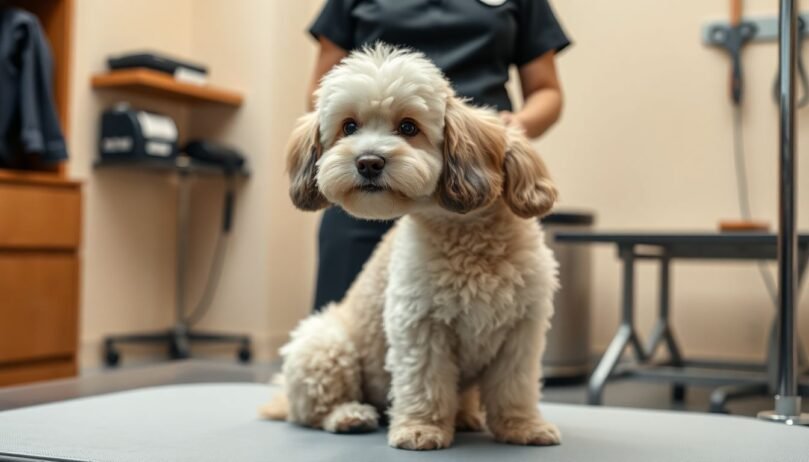Dog Grooming Tips for Beginners
- 22 January 2025
- BuyAPet Editorial Team
- All Dogs, Dog Health
Dog Grooming Tips for Beginners: A Comprehensive Guide
Brushes, baths, nails, and nerves—learn the fundamentals for a safe, stress-light grooming routine at home.
🛁 For new pet parents•Reading time: 7–9 mins
🧰 Starter Kit: Tools You’ll Actually Use
- Slicker brush (most coats) or undercoat rake (double-coated breeds)
- Comb for finishing and detangling
- Dog-safe shampoo & conditioner (pH-balanced)
- Nail clippers or grinder; styptic powder
- Ear cleaner & cotton pads (never cotton buds in the canal)
- Microfibre towels; non-slip bath mat
Pro tip: Keep a small caddy for tools so set-up is quick and stress stays low.
🪮 Coat Care 101: Brushing & Bathing
Detangle before you bathe
Mats tighten when wet—gently work them out with a detangling spray and comb first.
Bath basics
- Lukewarm water; test on your inner wrist
- Shampoo → rinse thoroughly → conditioner (if needed) → final rinse
- Dry with towels; then cool setting on dryer, brushing as you go
🦴 Nails, Ears & Teeth
Nails
Trim little and often—look for the curve touching the floor. With dark nails, take tiny passes or use a grinder.
Ears
Apply cleaner to a pad, wipe the outer ear; avoid poking deep. Redness, smell, or head-shaking? Vet check.
Teeth
Dog toothpaste + soft brush 2–3x/week; dental chews help but don’t replace brushing.
🧠 Behaviour & Safety Basics
- Short sessions; end on a win with a treat
- Non-slip surface; keep sharp tools out of pounce range
- Pair touch with rewards: paws, ears, tail
Stop & check: Cuts, hot spots, sudden pain, or severe mats—pause home care and consult a groomer or vet.
🗓️ Grooming Schedule by Coat Type
- Short coat: brush weekly; bathe every 4–8 weeks
- Double coat: brush 2–3x/week; seasonal de-shed
- Curly/wool: brush daily light passes; tidy every 4–6 weeks
- Silky/long: brush daily; bathe 3–6 weeks
🧩 Troubleshooting & When to See a Pro
- Persistent mats → humane dematting/clip by a professional
- Itching, redness, odour → vet to rule out skin/ear conditions
- Extreme fear → book a fear-free groomer; work on cooperative care
See the schedule →
General guidance only—ask your vet/groomer for personalised advice.
